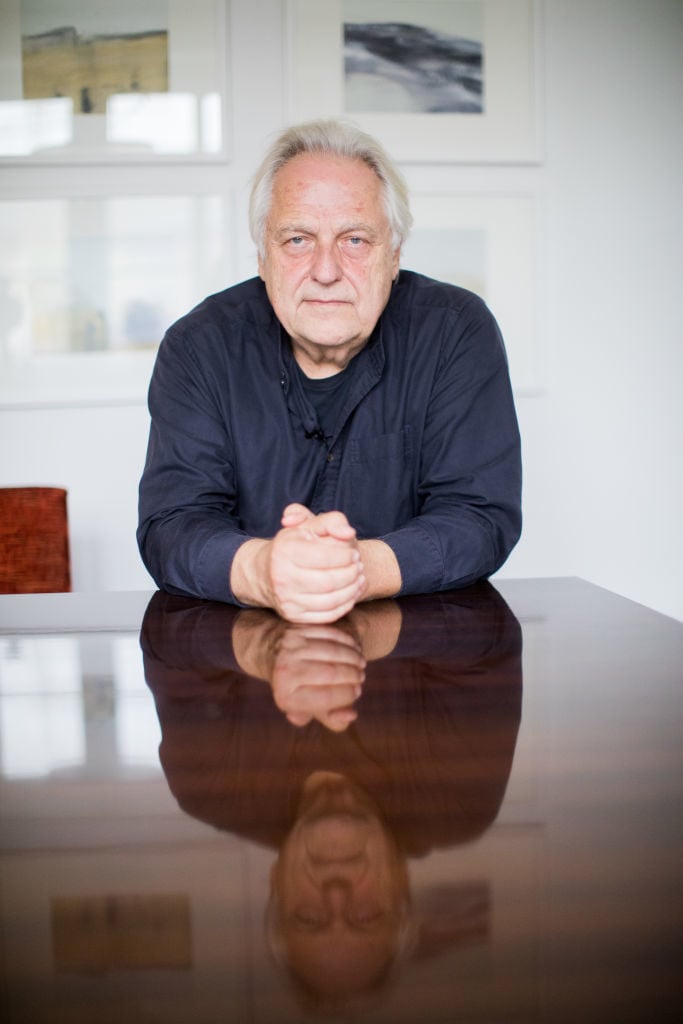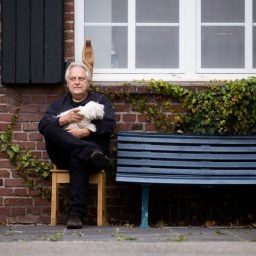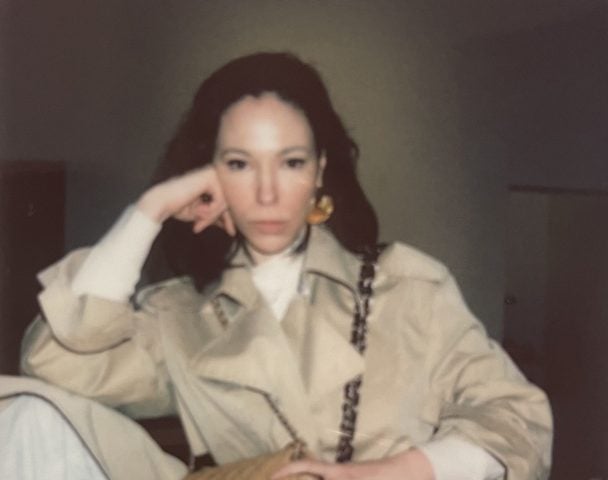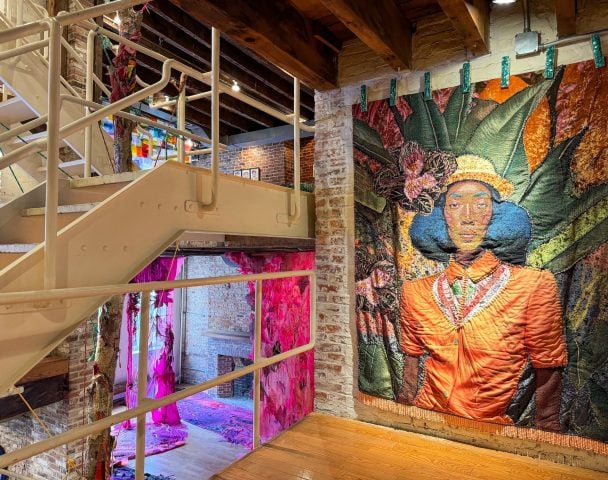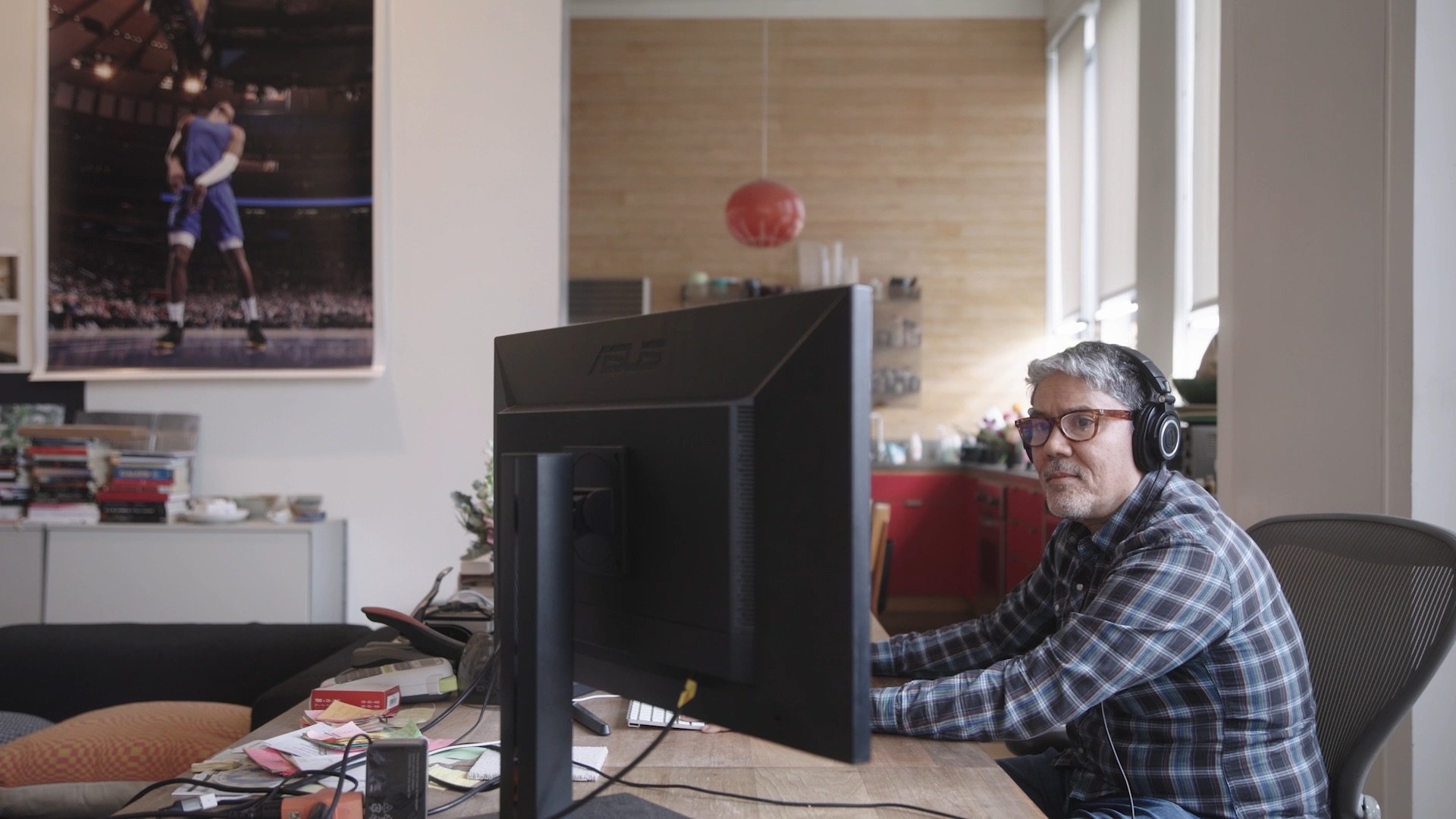If you belong to the VIP crowd that, during a typical year, lines up outside of Art Basel’s main entrance each June, it’s probably hard to imagine that ritual changing fundamentally anytime soon. But according to former art dealer Helge Achenbach, once a familiar presence in the Swiss fair’s aisles who tumbled from grace after being convicted of defrauding clients, the art market’s breaking point is near.
In his recently published German-language memoir, Helge Achenbach: Self-Destruction, Confessions of an Art Dealer, Achenbach predicts a paradigm shift for the market—one that might well be underway already. The former German art advisor, who presided over the Rhineland’s art circle for four decades and who, at the peak of his career, befriended influential figures like Gerhard Richter, Jeff Koons, and David Chipperfield, thinks the old art world will transform (and, given the current global health situation, there is a good chance he’s right).
Achenbach’s own world changed dramatically in 2015, when he was sentenced to six years in prison for defrauding clients out of millions of dollars. Though his own reign may be over, the tone of his memoir suggests he’s betting time will soon be up for others in his cohort, too.
“The rule of the old white men—the Koonses and Gagosians—to whom I once belonged, will be over sometime,” Achenbach writes. “Perhaps the art market will also split: Here, the decorative art for the rich and the super-rich, there, the political, socially relevant art.” Achenbach now works near Düsseldorf as a project manager for the non-profit association Culture Without Borders e.V., which is committed to helping endangered cultural workers in war and crisis zones.
“Seeking revenge with the art scene shouldn’t be a motive,” he writes at the beginning of the book. But, he says, he does aim to offer “an authentic account of the art market, about myself, but also about the people I have met and the way deals are often done.” However, contrary to the book’s dishy title, Achenbach does not reveal much dirt on the art world, and it falls flat from being as scandal-inciting as it promises. Prior to publication, Achenbach submitted the manuscript for review to a Berlin lawyer’s office (they are credited in the imprint), which probably did not contribute to the production of a detailed and revelatory book. So, it is little surprise that the author fails to reveal any shady backdoor dealings and refrains from calling out his former business partners.
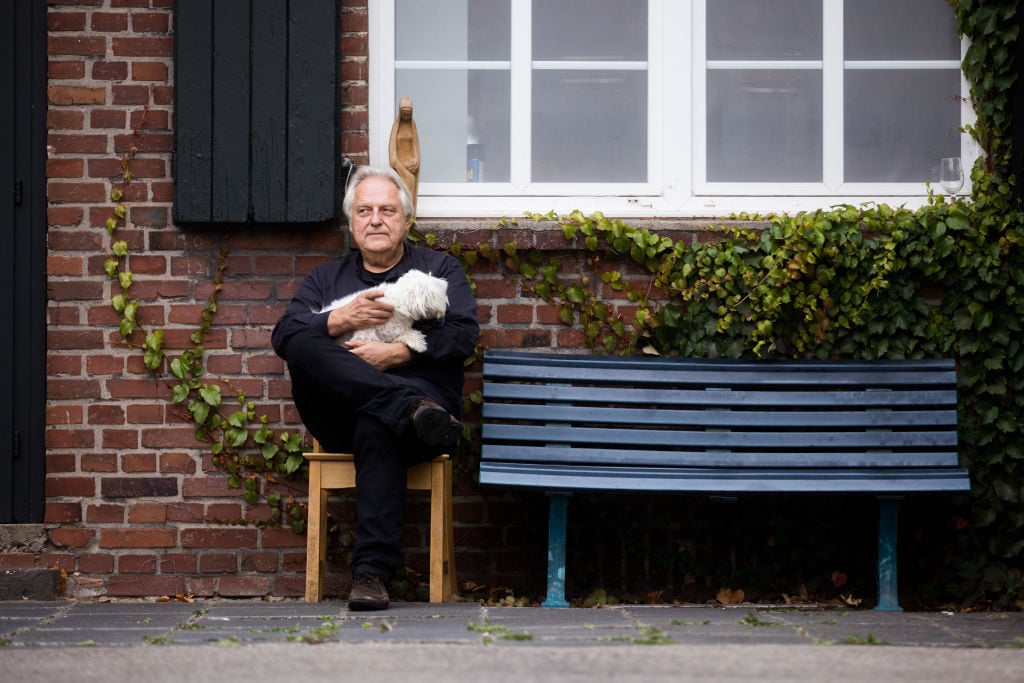
Helge Achenbach of the Kunsthof. Photo: Rolf Vennenbernd/dpa via Getty Images.
The Tale of Trial
Achenbach’s trial and conviction captivated Germany’s art world. In a court hearing in 2015, the disgraced advisor admitted to altering copies of invoices from galleries when forwarding them to his clients, calling the forged documents “collages.” The victim of his fraud was the discreet billionaire Berthold Albrecht, an heir to the Aldi group, a major discount supermarket operation in Europe. After four years in prison, Achenbach left jail on probation in June 2018, owing Albrecht €16.1 million ($17.3 million) in damages for overcharging him for a slew of works by Picasso, Richter, and Ernst Ludwig Kirchner.
His new memoirs could be seen as the third part of an odd trilogy on the rise, triumph, and fall of a German art-world icon. In 1995, Achenbach published a volume of interviews and essays before a coffee table-sized book in 2013 called Helge Achenbach: The Art Agitator. But, in comparison, Self-Destruction‘s post-jail tone is much more reflective, if not muted.
“It is all the more important that there are scapegoats,” writes Achenbach in his latest book. “I am one—and rightly so, of course. I have damaged the market with my ‘collages’… My narcissism has played an important role in this. But there is also a culture of the art market that encourages cynicism and corruption, where honesty doesn’t pay. The value of art is arbitrary, there are few rules or supervisors, and no balance sheets and ratings that establish values. There is no protected job description for art consultants, no price brakes, and often no distinct payment morale of the buyers.“
Despite his setbacks, Achenbach’s penchant for self-promotion does not appear to have waned. Even though he is no longer actively consulting, Achenbach still likes to present himself as an artful dealmaker. “I think my strength is that I can talk to a CEO as much as to an artist. I can bring the two together and achieve a great deal of persuasion,” he once told the magazine Texte zur Kunst. Years later, he’s still fascinated by the steep price increases of a well-chosen painting. He remembers hanging one of Richter’s “Candle” paintings in his living room for a few years, which he bought for 18,000 Deutsche Marks (roughly €9,000 or $9,684), before flipping it to a friend. “Today, the painting is worth €30 million ($32 million),” he writes. “The skyrocketing prices were defining for me at the time. Unfortunately, at some point, it became all about performance and returns.”
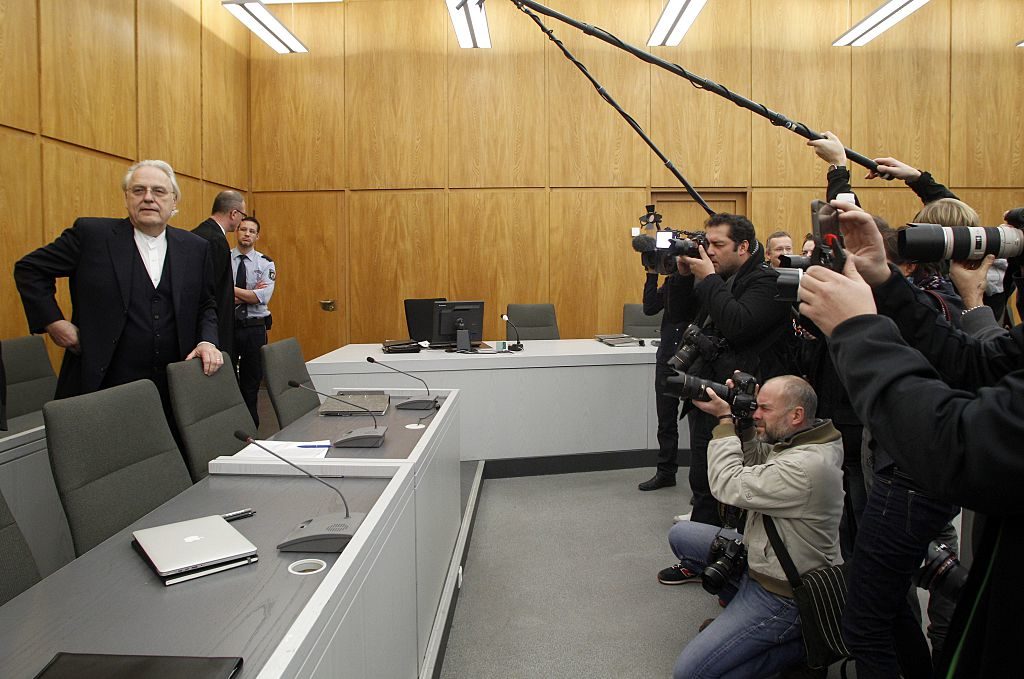
Defendant Helge Achenbach waits for the opening of his trial on December 9, 2014. Photo: Roland Weinrauch/dpa/AFP via Getty Images.
The Monkey Bars
Of all the artists he collected, traded, and knew, Achenbach says the now-deceased German painter Jörg Immendorff was “the dearest” to him. Their lifelong friendship started in 1973. “In his contradictions, I felt a spiritual kinship. Jörg was a leftist who loved the sweet capitalist life, a boundless egomaniac who cared a lot about others, a player who refused to always analyze everything and keep an eye on it. Until the end, Jörg was also a big child. An extravagant anarchist, a little gangster, a wonderful human being.”
Over the years, the two became partners in several joint ventures. In the early 2000s, Achenbach helped Immendorff source the money to produce an army of odd bronze monkey sculptures after his dealer Michael Werner refused to support their production (“Werner thought they were kitsch,” recalls Achenbach). Those sculptures turned out to be bestsellers.
Achenbach used the Immendorff monkeys also as landmarks for his gastronomic endeavors: In May 2003, he opened the “Monkeys Island” in Düsseldorf on a wasteland on the banks of the Rhine. Later, he ran three upscale-restaurants under the brand name “Monkey’s” in Düsseldorf’s city center.
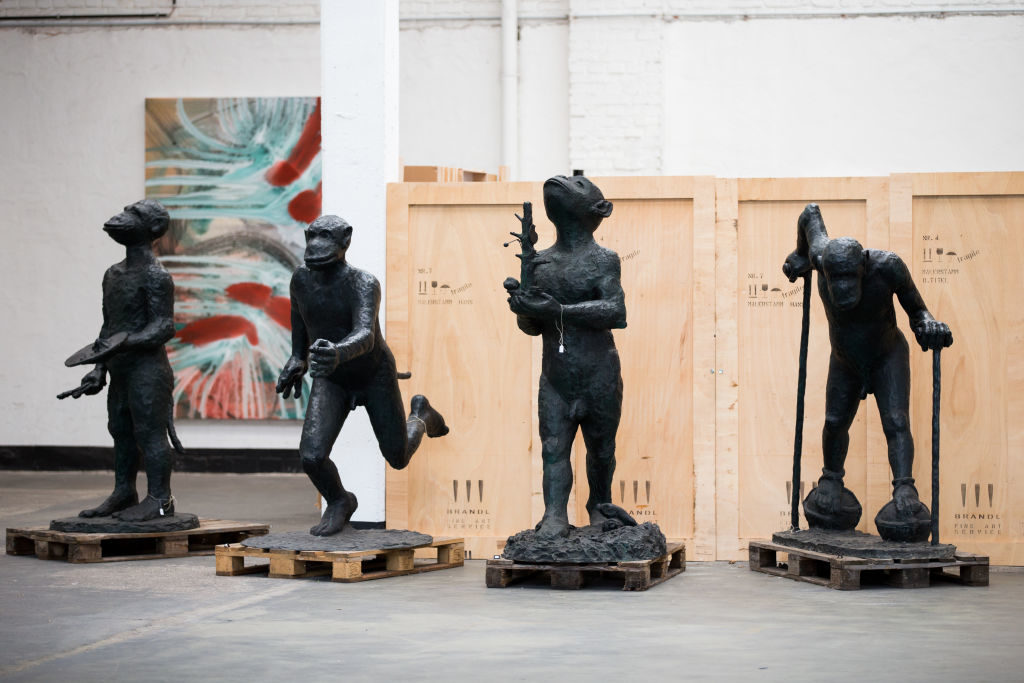
Sculptures by artist Joerg Immendorff and other art works are seen prior to the insolvency auction of art works of incarcerated art advisor Helge Achenbach in a storage facility in Duesseldorf, Germany, 15 June 2015. Photo: Rolf Vennenbernd/picture alliance via Getty Images.
The restaurants were, according to Achenbach, not only frequented by well-off artists, businesspeople, soccer players, and politicians, but also by Tom Cruise, Demi Moore, and Naomi Campbell. The art-crammed restaurants promoted “fine art dining” as a baroque pleasure. But Achenbach says he never made any money with them. On the contrary, because he “constantly gave dinners and generously invited everyone, but had no real control, business got out of hand.” He says he lost €10 million ($11 million) on the project.
Later, the monkey sculptures would be besieged by legal issues. When visiting Immendorff’s workshop, Achenbach remembers finding out he was producing more monkeys than was typical for limited editions.
“I can say with certainty that there are casts of three monkey motifs beyond the specified edition,” he writes, adding that the “collectors do not seem to care too much.” He looked the other way, and their friendship continued. When Immendorff married painter Oda Jaune in 2000, Achenbach was his best man. Tellingly, Achenbach’s selective memory leaves out a major legal conflict with Jaune that was to come. In 2012, Immendorff’s widow took Achenbach to court, successfully demanding her share of €500,000 in art sales.
Despite losing favor with many of Germany’s art elite—not to mention its courts—Achenbach seems indomitable. He quotes Karl Lagerfeld in describing his longtime business strategy: “Throwing money out the window brings money back in through the front door.”
Helge Achenbach: Selbstzerstörung. Bekenntnisse eines Kunsthändlers is now available in German through Riva Verlag Munich.
Follow Artnet News on Facebook:
Want to stay ahead of the art world? Subscribe to our newsletter to get the breaking news, eye-opening interviews, and incisive critical takes that drive the conversation forward.
